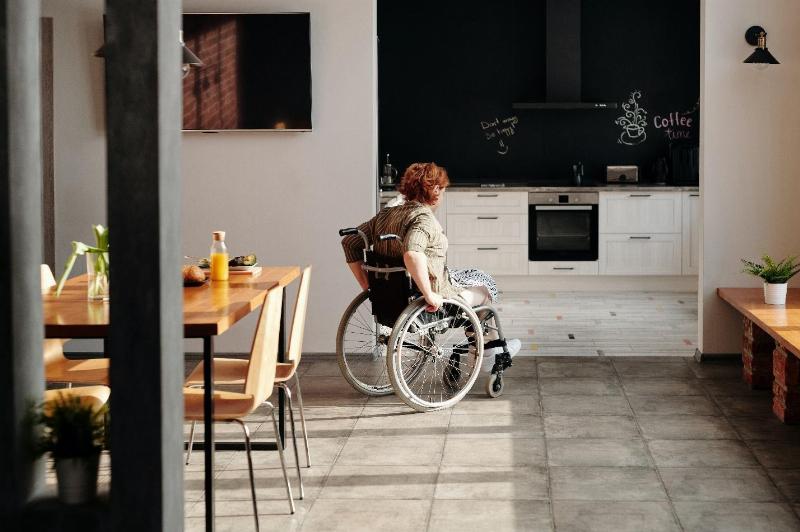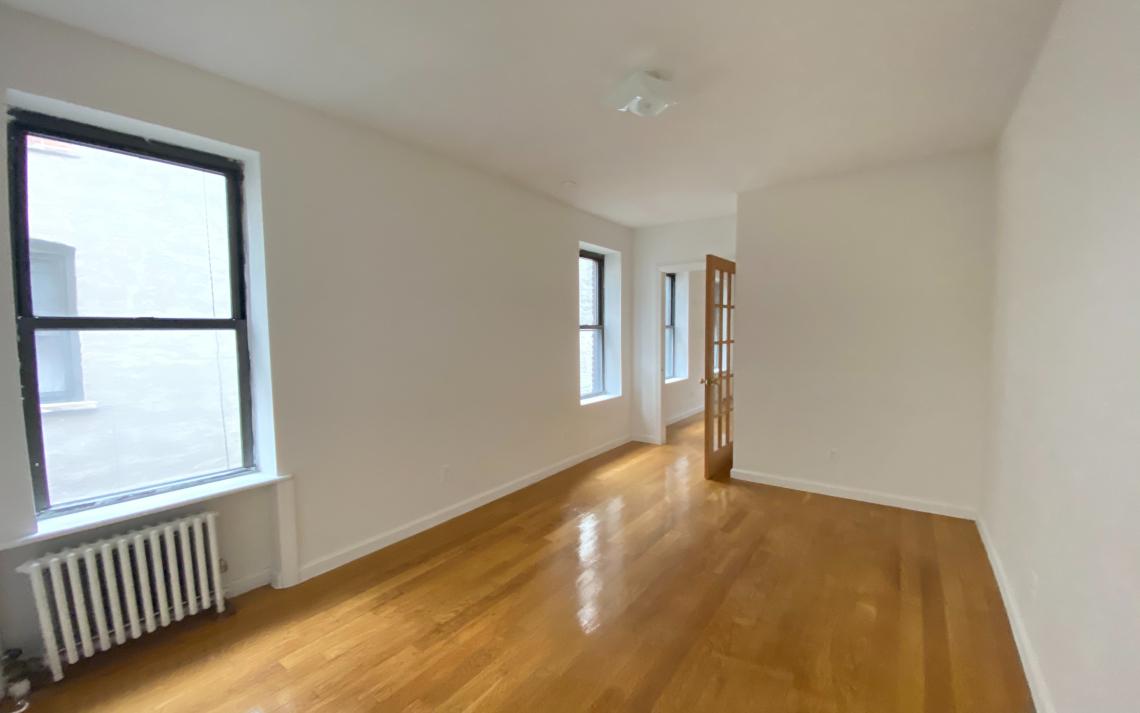Home Safety During Renovations
A home renovation is an important decision that needs careful planning. The value of your property can increase when you renovate your space to make it more attractive and useful.
Be sure to keep safety precautions in mind before, during, and after the renovation if you’re prepared to work on upgrading your space, whether it be by rebuilding the kitchen, modernizing the living room, or converting the garden.
Start with personal safety
Starting any project with safety in mind is very important. Before you begin your renovation, double-check that you have the proper tools and that they are all in good working condition. You should also confirm that you have the necessary permits and stick to local regulations. Before you start renovating, take into account the following personal safety recommendations.
- Have the proper clothing. You should completely cover yourself if you’re going to be spray painting, using pesticides, or removing mold. Put on gloves, long sleeves, long pants, closed-toed shoes, socks, and closed-toed clothing.
- Keep your eyes and ears safe. Be sure to wear goggles or glasses when spraying, drilling, or sawing. Wear earplugs if there is going to be excessive noise.
- Keep yourself updated with the latest building codes. Renovations typically entail bringing things up to code, whether you are doing a DIY or engaging an architect. Older homes especially will require permits for certain renovations. Before you start, find out what safety regulations are relevant to your city.
- Use a ladder with caution. The 4-to-1 rule is an excellent general guideline to use when using ladders. The rule states that the bottom of the ladder should be one foot away from the wall or other surfaces it is leaning against for every four feet of the ladder.
ProTip Takeaway: Always have someone watching you when climbing a ladder and never climb past the third step from the top.
- Take care of your mental health. You can do this by maintaining a regular schedule even with the renovation chaos. It’s true that there will be a lot going on during a makeover, but it’s crucial to put your mental health first.
Whatever it is that you do to feel balanced and healthy, such as your yoga practice or fitness regimen, or scheduling time for coffee with a friend, keep doing it.
- Control your expectations. Maintaining your physical and emotional health while undergoing a renovation depends on doing the necessary research beforehand. Be sure to set money aside for potential issues, and admit when you need help (either professional or medical).
Safety for kids
Home safety during renovations extends beyond those involving you or your contractor. If you have children, you must also watch out for them especially if you are renovating older houses. Renovating an old house frequently involves dealing with dust, mold, or gasses that might endanger young children.
The safest way to navigate renovation with kids is to keep them out of the work area altogether to prevent them from using tools or interacting with exposed materials. The best way to achieve this is to completely partition off the work area with a good plastic seal. It’s also wise to plan ahead when remodeling your kitchen because it can call for a little creativity here and there.
Safety for senior citizens and People with Disabilities
There are two scenarios that you might find yourself in here. One is that some elderly people and family members with disabilities could have trouble understanding the risks associated with the renovation area. The other scenario is seniors or family members with disabilities might be fully aware of the risks associated with the workplace but find it difficult to adjust because of their mobility issues which might be very upsetting for you and them.
The best way to approach this is to invite an occupational therapist on board before you start the project. To ensure that your renovation will be able to prepare your home for a lifetime of accessibility, they can help you project the modifications you may need in the future.
Bring your contractor into the discussion to ensure that safety measures, such as providing clear pathways for people with limited mobility, are also included in your contract.
Safety during the renovation project
The real action begins once you’ve done all the necessary planning for your renovation project. As you work to make your home lovely, remember to protect yourself and your family. Here are these safety tips as you work on your renovation.
- Always keep your workspace neat. This will keep you from creating your own dangerous working environment. Power tools, sharp instruments, and hazardous items that could hurt people should be picked up and stored correctly. Be sure to keep power wires from becoming tangled and remove every nail from the old wood.
Read the instruction user manual. Make sure to abide by all safety instructions provided in the manual when using power equipment. Make sure you disconnect the tool once you’re through using the tool and before servicing or making adjustments. Also, make sure the tool is equipped and functions properly.
Only take on jobs that you feel comfortable with. For instance, if the roof is too high or steep and you feel uncomfortable on it, have a professional handle the roof repairs. The same is applicable for jobs that call for specialist equipment.
Paint Safety
- Ensure you have adequate ventilation. Make sure you have excellent ventilation while you’re painting. Use a fan or open windows and doors to reduce fume irritability. Volatile organic compounds (VOCs), which emit gasses, are present in household paints. These gasses can quickly irritate the lungs and induce headaches, vertigo, and dizziness.
ProTip Takeaway: Consider going green by using environmentally friendly paints, varnishes, cleaners, and thinners whenever possible. To make it simpler for you to breathe, use paints that are VOC-free and those marked “green.”
- Avoid being exposed to dangerous substances and chemicals. Ensure you pay close attention to any cautionary statements on the label, particularly those relating to ventilation. A certified respirator may be required for certain materials or conditions.
There are dangerous ingredients that are found in many varnishes, strippers, solvents, preservatives, adhesives, and other products used to complete painting jobs.
Asbestos and Lead Safety
Homes constructed before 1978 will almost always have lead and asbestos which is important to stay away from. This is because lead and asbestos were the most used building materials back then.
It’s recommended to leave asbestos alone if you find it because attempting to remove it could cause fibers to be disturbed. You must use a skilled contractor with a special respirator if you intend to remove asbestos and lead.
Mold is also another major concern, especially in older homes. If mold is found during the renovation, it must be removed. Efforts should also be put into identifying and stopping the moisture source. To avoid stirring up mold, it’s important to identify it before you uncover it.
ProTip Takeaway: If you think you might have a moisture issue, a home humidity detection meter might help you figure that out.
Gas Safety
- Do not work on gas pipes. It’s usually best to let a qualified technician handle this job. However, if you have the skills to handle the work yourself, brush a soapy water solution on connectors to check for leaks. If there are any gas leaks bubbles will be produced. Keep in mind that gas is explosive so never check for gas leaks using a flame or a match.
- Install fire extinguishers in your home, garage, and workshop. There should always be two operational A-B-C fire extinguishers in every home. Make sure they have a minimum size rating of “2A10BC” on the label to indicate that they are big enough to handle house fires. Make sure they are always fully charged by doing regular checks.
Floor safety
Close off the area when tearing up the floor. Always secure the area while tearing up our flooring to prevent curious kids and animals from entering. Tools should always be put away after use and debris should be removed right after. If you plan to sand your wood floors with power tools, ensure the area is free of obstructions and put on the right safety gear.
Minimize changes in the floor level. The greatest approach to prevent injuries is to keep the floor’s level as even as possible. Any uneven room transitions should be replaced and any loose floor pieces should be tightly attached. When putting carpet, be sure to secure it completely and never let it come loose.
| Common trip hazards include | Common slip hazards include |
|---|---|
| Cracks in the floor | Uneven surfaces |
| Obstacles | The transition from dry to wet surface |
| Worn floor coverings | A loose or bumpy surface |
| Broken tile |
|
| A sudden change in floor surface |
|
Ready to Remodel Your Home?
Knowing your limits is important since there is a possibility of getting hurt. It’s not worth saving money to take on the electrical wiring of your home, as you can accidentally cut into exposed wiring and spark a small fire and you could not only endanger yourself but also those nearby. Consult an expert like Smart Remodeling LLC and ask for help because accidents happen and you can be injured.
Conclusion
Home renovation can be an exciting process as long as you plan ahead. Preparation is your best defense in all areas of home renovation. Don’t be afraid to consult professionals, contact Smart Remodeling LLC today for assistance.










